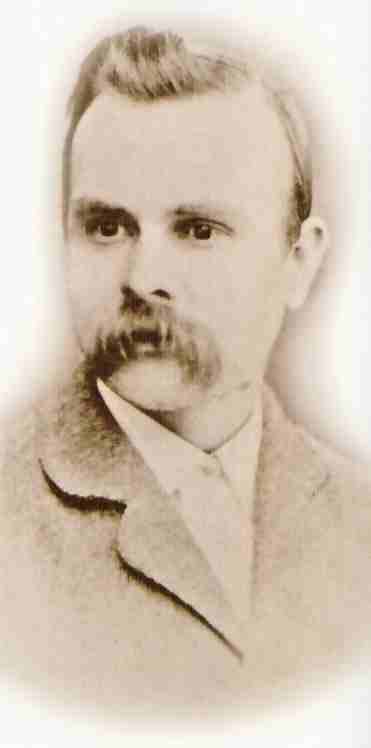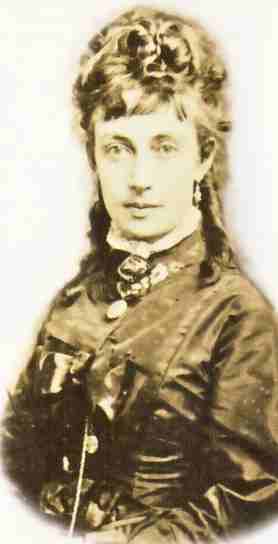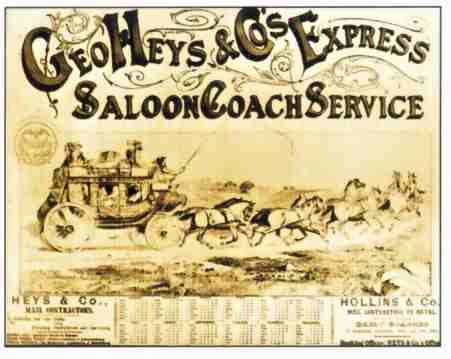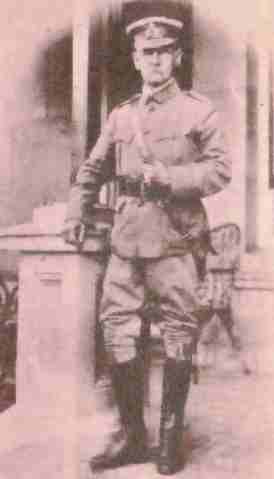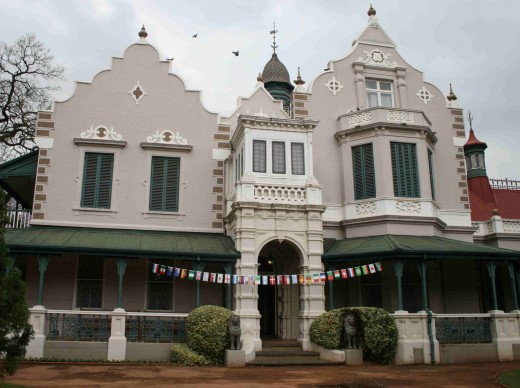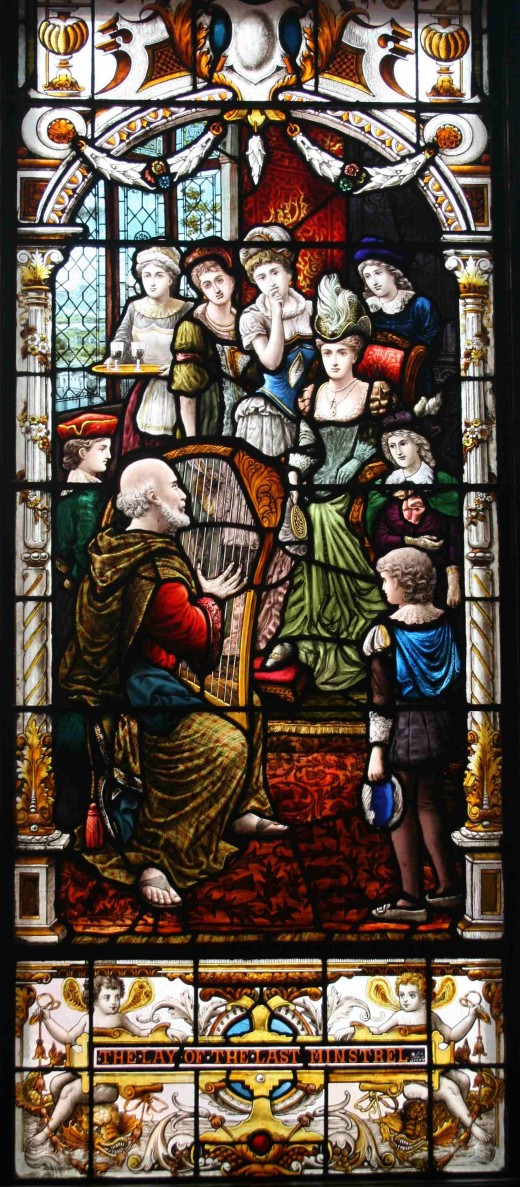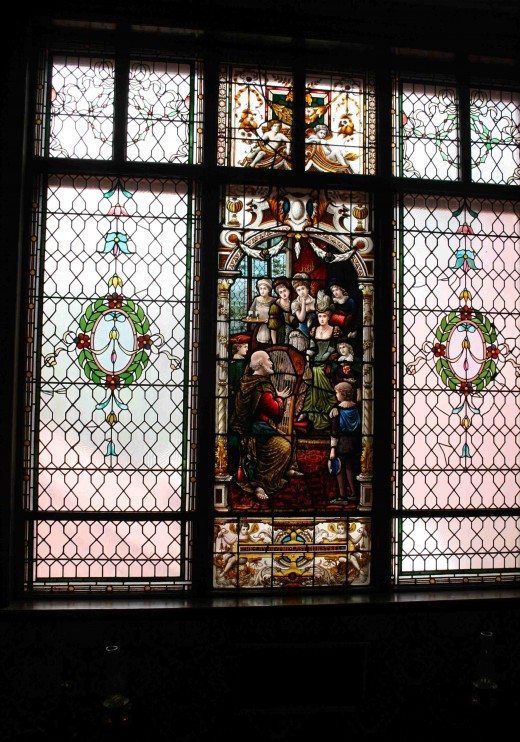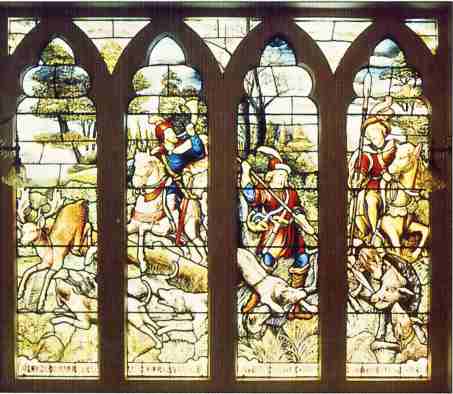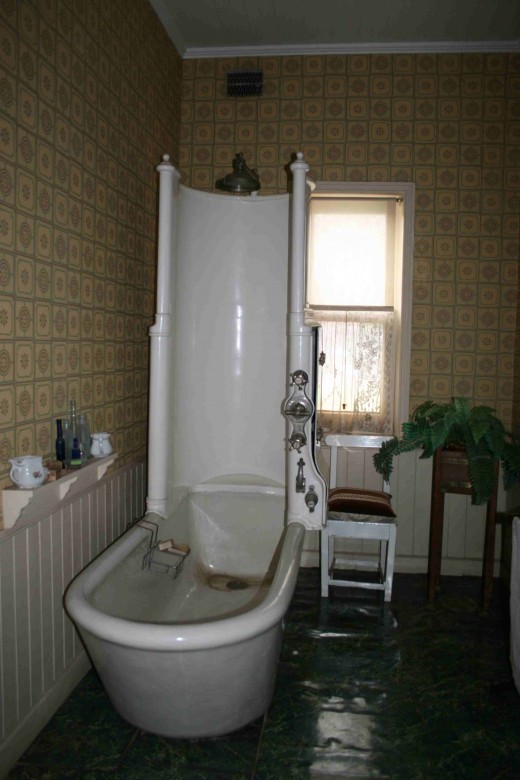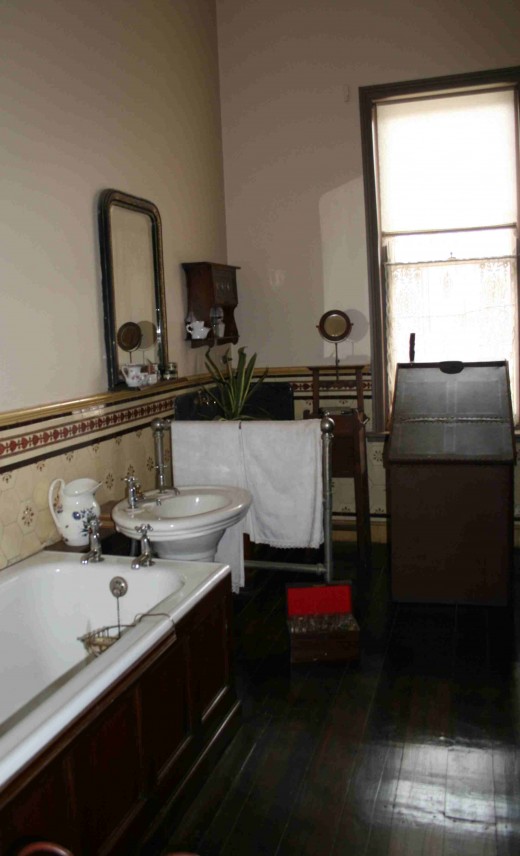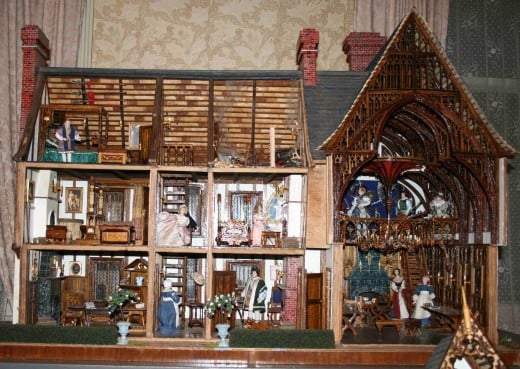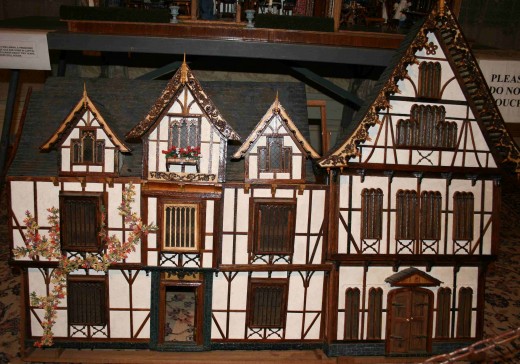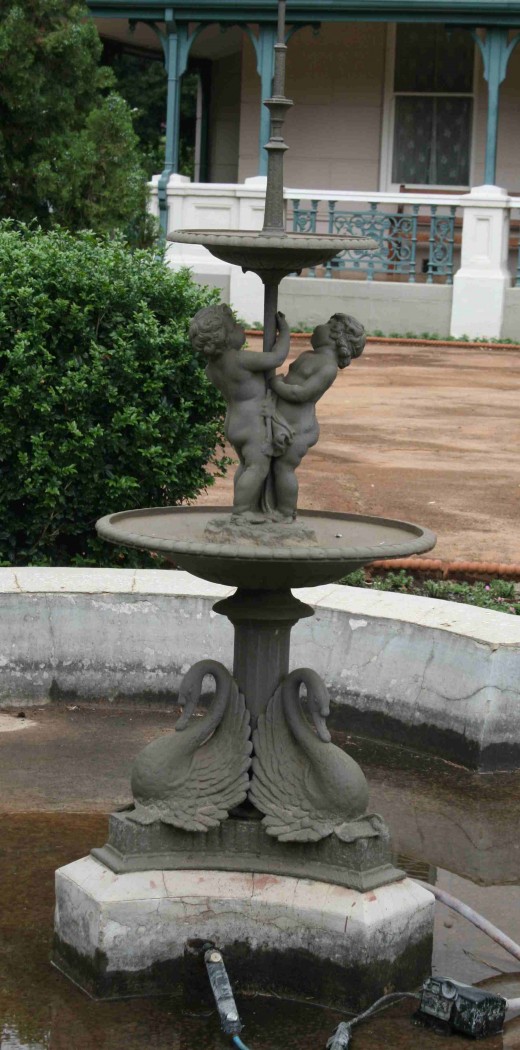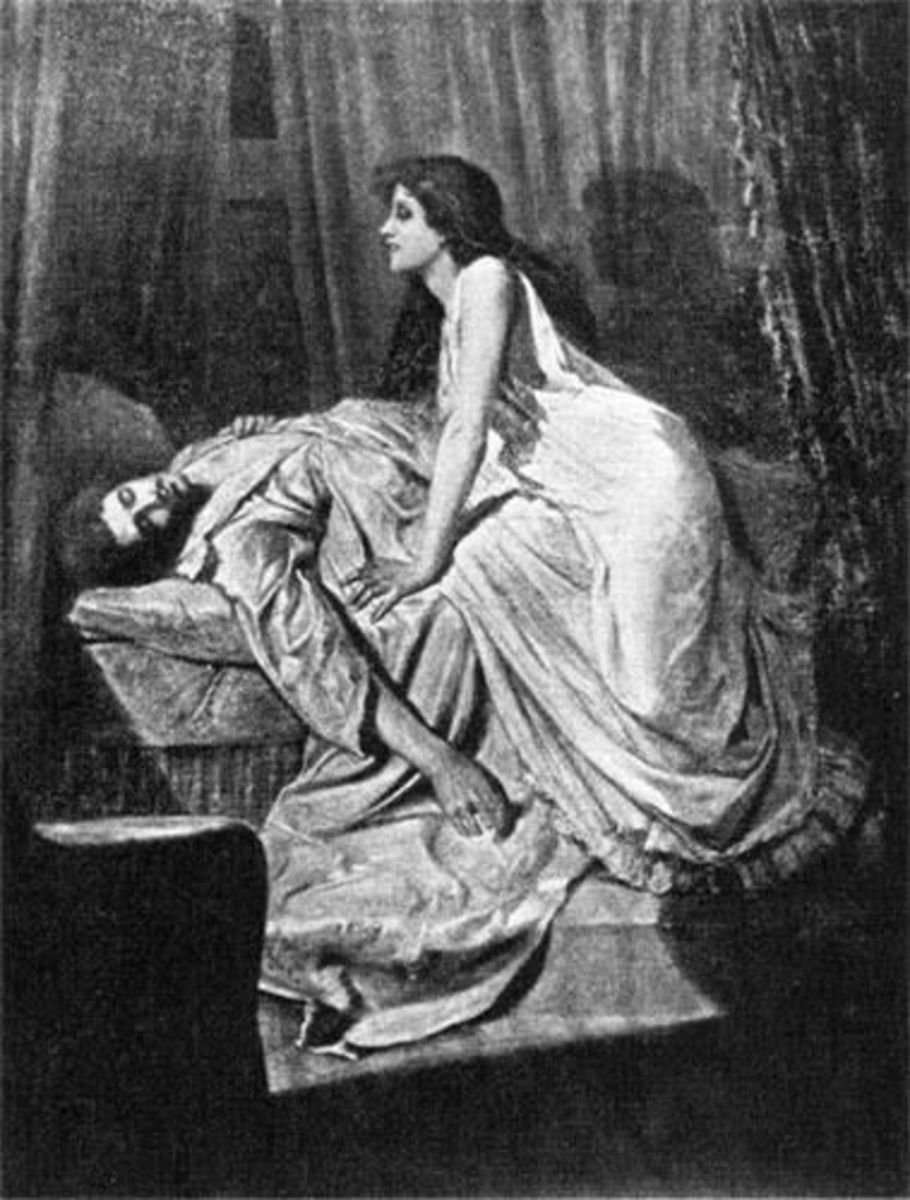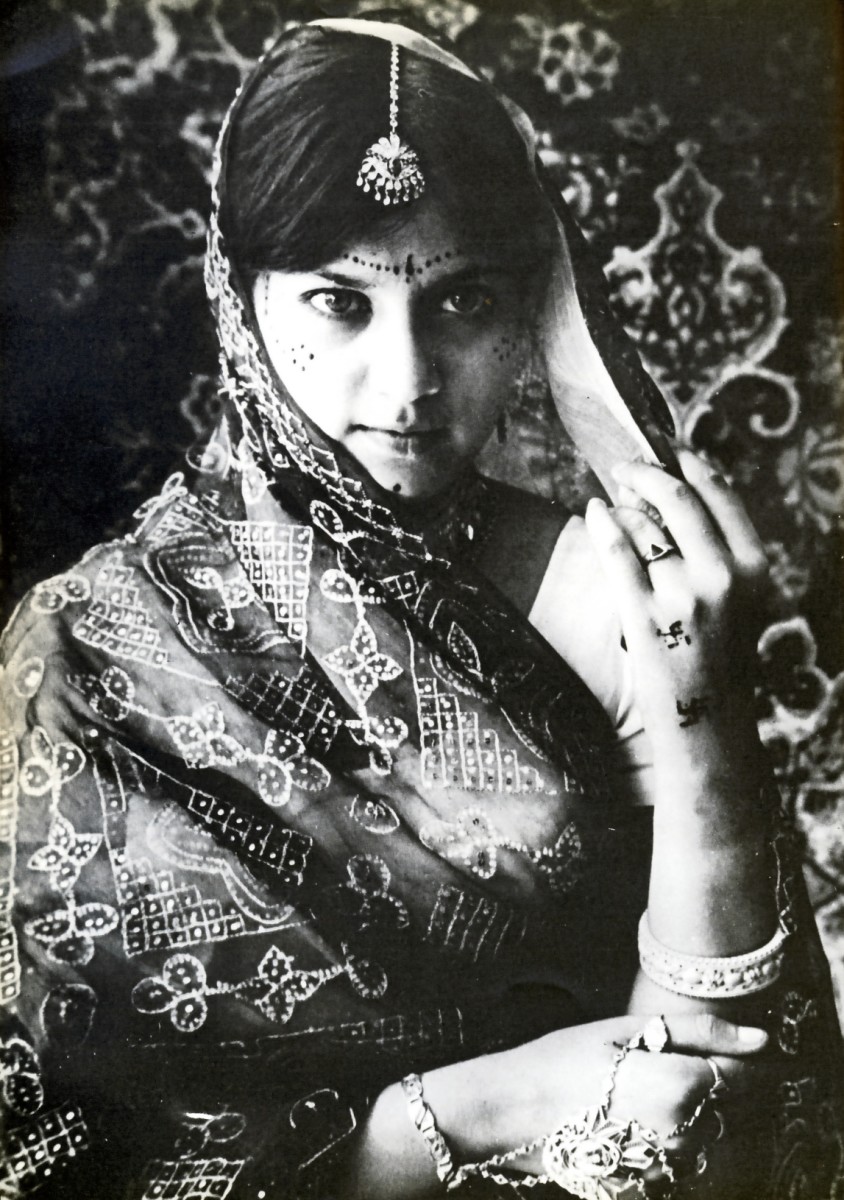- HubPages»
- Travel and Places»
- Visiting Africa»
- Travel to Southern Africa
Melrose House, historic Pretoria home
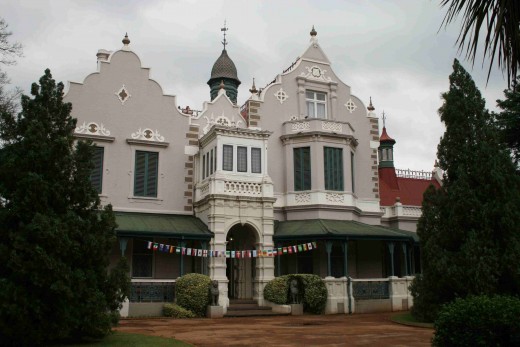
The Treaty of Vereeniging which ended the Boer War
Around 11:00 p.m. on Saturday 31 May 1902 12 men sat around a large Victorian dinner table in the imposing dining room of Melrose House in Jacob Mare Street, Pretoria, to sign the treaty that would bring hostilities to an end in the bloodiest and most expensive war ever fought on South African soil, the Boer War, or Tweede Vryheid's Oorlog (Secong War of Independence).
The 12 men represented the governments of the Zuid Afrikaansche Republiek (ZAR), Great Britain and the Orange Free State Republic. The negotiations which led to this treaty had started in the town of Vereeniging on the banks of the Vaal River (hence the treaty's name) some weeks before and were marked by acrimonious debate and dramatic outbursts.
The final vote in the negotiations in Vereeniging accepting the terms of the surrender of the Boer forces was completed at 2:00 p..m that Saturday afternoon and the treaty was rushed to Pretoria by train where it was met by Lord Kitchener, the commander of the British forces, and Lord Milner, British High Commissioner to South Africa. Lord Roberts had taken over Melrose House as his headquarters after the fall of Pretoria to the British forces in June 1900.
This was, without doubt, the most dramatic and important even ever to take place in Melrose House, built by a tycoon who had made his fortune initially on the Diamond Fields in Kimberley and then consolidated his fortune by setting up a transport business, using coaches he imported from the United States.



The building of Melrose House
George Jesse Heys was the son of an immigrant from Haslingden, North Lancashire, Thomas Heys, who set up a gentleman's outfitters business in the Natal port of Durban in the 1840s.
George Heys studied at Durban Boys' High School and after leaving school worked for some years for his father's company, before moving to Kimberley after the diamond rush there.
Heys returned to Durban to marry Emma Jane Harris in 1873, taking he back with him to Kimberley where she gave birth to two daughters.
In 1879 Heys and his family moved to Pretoria where he set up a general dealership in Church Street trading under the name "Heys and Company General Dealer."
At first the Heys family lived in a house called Natal Villa on the corner of Andries and Minnaar Streets, not far from the two erven which Heys bought in 1885 in Jacob Mare Street, where Melrose House would be built.
British architect W.T. Vale designed the house and supervised its building, which was completed in 1887.
Mr and Mrs Heys toured Britain and visited the romantic ruins of Melrose Abbey in Scotland and decided to call their new home "Melrose Villa", later changing the name to "Melrose House".
The house itself is built in what can be termed the "eclectic" style, typical of the late Victorian era. It is rather fussily ornate and combines many different styles - author Desiree Picton-Seymour in her book Historical Buildings in South Africa (Struikhof, 1989) wrote, "With balconies and verandas and every conceivable type of window, from oriel to attic, each aspect of the house was elaborate with decoration."
The front gate of Melrose House on Jacob Mare Street is directly opposite the main gate of Burgers Park.
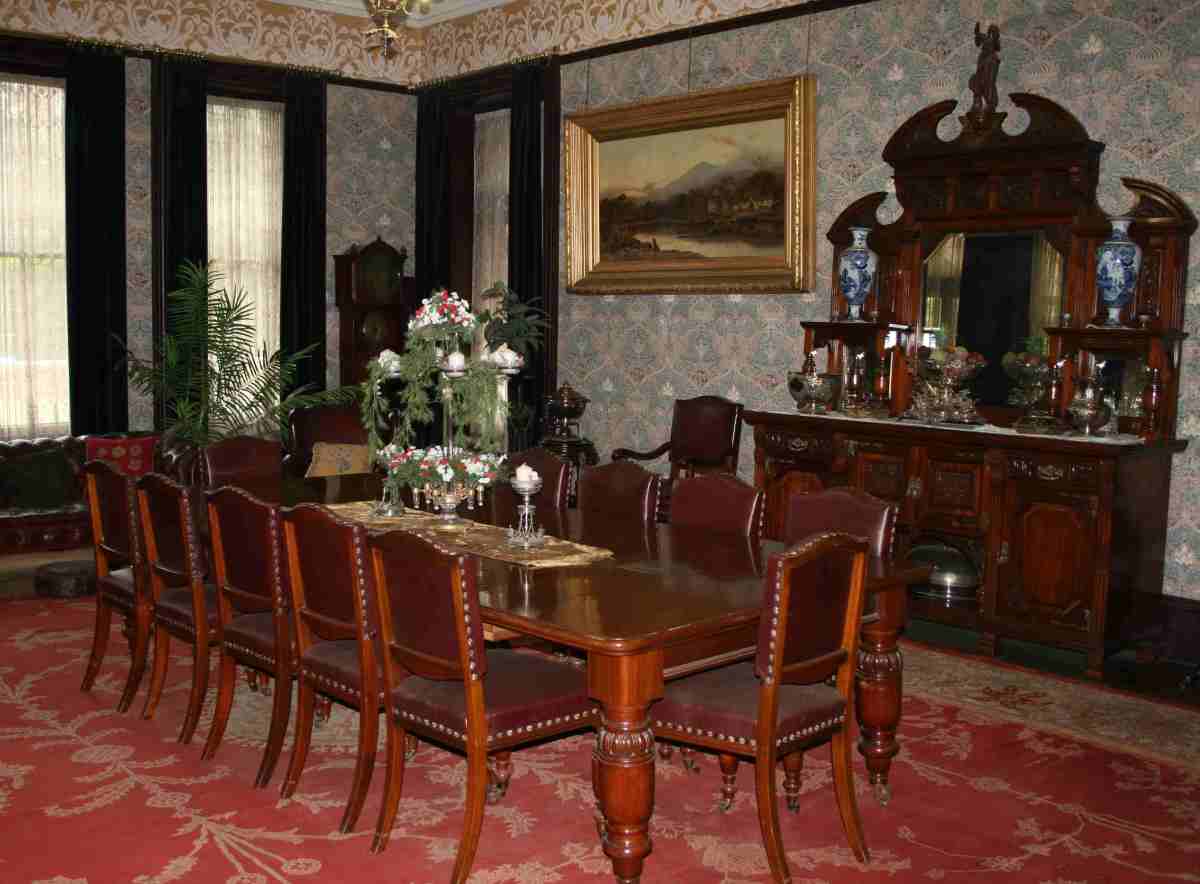


Melrose House during the Boer War
Pretoria fell to the British forces under Lord Roberts, Commander-in-Chief, on 5 June 1900 and soon thereafter he requisitioned the house as the British Headquarters. The Heys family moved out of the house and went to stay with friends nearby for the duration.
Roberts, and after him Lord Kitchener who succeeded him as Commander-in-Chief, used the so-called "morning room" to the left of the front door as their office.
Roberts had annexed the ZAR for the British Crown on 25 October 1900 and at the end of November handed over power to Kitchener. Kitchener was the man who had gained renown as the victor in the Battle of Omdurman in the Sudan just three years earlier.
After the Treaty of Vereeniging had been signed the British evacuated Melrose House and the Heys family returned. With the compensation money the family was paid by the British they were able to make several improvements to their alread comfortable home.








Inside the house
The way was long, the wind was cold,
The Minstrel was infirm and old;
His wither'd cheek, and tresses gray,
Seem'd to have known a better day;
The harp, his sole remaining joy,
Was carried by an orphan boy.
The last of all the Bards was he,
Who sung of Border chivalry;
For, welladay! their date was fled,
His tuneful brethren all were dead;
And he, neglected and oppress'd,
Wish'd to be with them, and at rest.
- from the Introduction to "The Lay of the Last Minstrel" by Sir Walter Scott
One of the most imposing aspects of Melrose House is the large window in the main stairwell with its central panel illustrating Scott's famous poem. It is one of two stained glass windows in the house, the other being in the billiard room.
Melrose House was bought from the Heys family trust by the Pretoria Municipality in 1968 for use as a museum. It is one of the most perfectly preserved examples of a Victorian home in South Africa and the museum management has been meticulous in the restoration wherever that was needed. Even the pattern of the wallpaper in some of the rooms has been re-created exactly from samples found in the house.
Around the garden various archaeological digs have been made and a fascinating collection of old bottles, kitchen utensils and other items found are on display in the museum.
There is now a tea garden at the house as well as a gift shop. Antique fairs are held in the grounds regularly.
Copyright notice
The text and all images on this page, unless otherwise indicated, are by Tony McGregor who hereby asserts his copyright on the material. Should you wish to use any of the text or images feel free to do so with proper attribution and, if possible, a link back to this page. Thank you.
© Tony McGregor 2010

